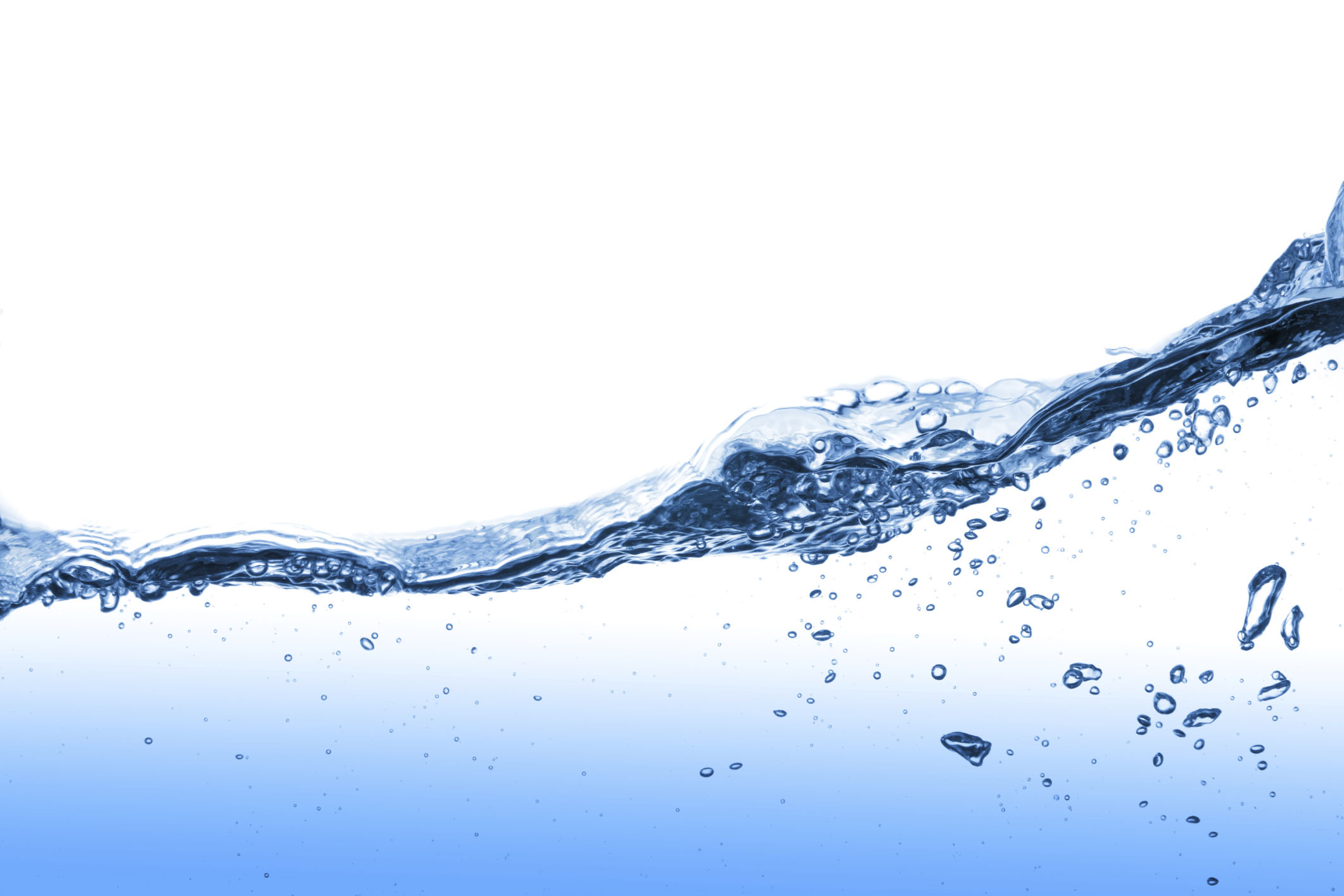3 SUCCESS CASES OF PLASTIC MEDIA BIOFILL® TYPE A, 26 YEARS IN SERVICE WITHOUT BEING CHANGED
THE MUNICIPAL WWTP OF BALSARENY AND THE INDUSTRIAL WWTP OF A TEXTILE AND A PHARMACEUTICAL COMPANIES, ALL THREE CLOSE TO BARCELONA, ARE STILL WORKING AT FULL PERFORMANCE, 26 YEARS AFTER THE STARTUP, WITH THE SAME FILTER MEDIA BIOFILL® TYPE A THAT WAS INSTALLED ON THE FIRST DAY
CASE N 1.- BALSARENY ( 1989)
The treatment plant at Balsareny (Barcelona, España) was the first treatment plant that was inaugurated in Spain using the trickling filter system with a plastic media instead of a mineral one like it used to be done back then.
The treatment plant in that city is still working without any kind of problems 26 years after the inauguration, on 1989, and without needing any additional changes to the design or operation plan.
The installation comprises a thick grill, a thin grill, a primary clarifier, a trickling filter with filter media “BIOFILL® type A” and a secondary clarifier.
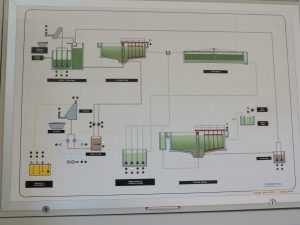
Spain is a mountainous country with many rivers that have a short length and low flow except for periods of rain, which are home to a great number of animals and plants. During the 60s and 70s, the country went under a big industrial growth, specially in Catalonia (northeast Spain) and all the northern regions of the country. Textile, metallurgic and paper industries gradually contaminated the rivers until they became open air sewers where life had almost vanished.
| At that time, in Spain there were few WWTP constructed and most of them performed only a physical-chemical treatment, except in some big city. In some cases they used trickling filter with mineral media. The physical-chemical system supposed a high consumption of chemicals, high sludge production and low performance in the elimination of dissolved organic load (70% approximately) in the best scenario. Biological plants using trickling filter with mineral media didn’t have a great performance either and got easily clogged. |
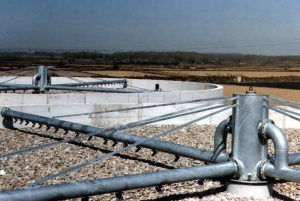 Trickling filter with mineral fill |
The Catalan Autonomous Government, advised by technical personnel from the University, proposed to an engineering company the design of a wastewater treatment plant that worked using a trickling filter with low energetic consumption and high working efficiency to install in a municipality with many industries, next to a river that had lost the life it once had. That plant was installed at Balsareny, next to river Llobregat.
The purification process is as seen in the previous diagram and it is physically as follows.

General view of waste water treatment Plant
The plant was built during 1988 and half of 1989 and the BIOFILL® media type A was installed as a filter element for the trickling filter. This had started been produced in 1988 by the enterprise CEPICMA, which developed the product from an Italian design, and afterwards modified it thanks to many pilot plant studies in collaboration with the University. The success was so impressive that many WWTP were installed in municipalities of the same river during the successive years.
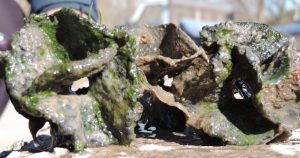 |
As it can be seen, the adherence of the biomass to the filter media is complete and does not diminish the free volume that allows the flow of water. |
CASE N 2.- TEXTILE INDUSTRY (1993)
Textile industry in general has different grades of contamination since it depends on the sector (dying, finishing, printing, etc) but a common feature in almost all of them: the color.
The first industries that installed their treatment plants treated wastewater using physical-chemical systems of coagulation-flocculation, with high consumption of chemical and producing a great amount of sludges. These plants, if correctly designed and operated (which did not always happen) managed to eliminate the color, but in the water remained a very important organic charge that in general exceeded the legal limits of discharge to river.
A real scale study was sponsored by the ICAEN and performed together with the Polytechnic University of Catalonia and a textile company located in the upstream of river Llobregat, where conservation of the fish was an strategic action for the region located at the foot of the Pyrenees mountain range. The study consisted in the essay of combining a trickling filter biological system with plastic media BIOFILL® type A and the existing physical-chemical system.
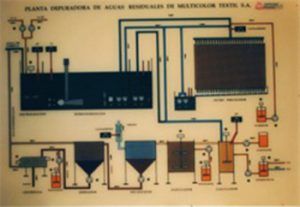 Flowsheet |
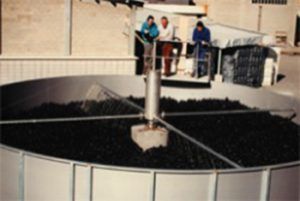 View of trickling filter |
The project consisted in introducing a trickling filter biological system equipped with PLASTIC MEDIA BIOFILL® type A; between the equalization tank and the existing physical-chemical system, the trickled water was sent to the homogenization tank activating it with enough air, from where the water was sent to the physical-chemical system. This combination supposed a drastic decrease of reactive consumption and therefore the diminishing of sludge production around 50% in volume.
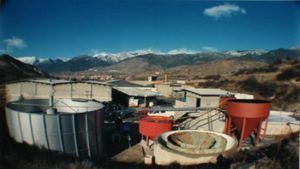
General view of the modified plant
| The biomass that is formed in industrial wastewater treatment is completely different from the one that is formed in domestic wastewater treatment, firstly because the components to degrade are different and secondly because it takes the color of the water that is treated at the plant, and in the textile industry color may vary.The construction of the trickling filter does not need to be in concrete: The tank is filled with plastic, not water, so there is no side pushing in the walls, which can be as simple as the ones seen in this example. In this case the construction was done with stainless steel 304, but it can be in galvanized steel or glass-fused-to-steel, always depending on the budget that can be spent.
The success of the experience allowed not only to eliminate the color, but also over 93% of the dissolved organic load. This success lead to the construction of many other plants with this system in the textile sector. |
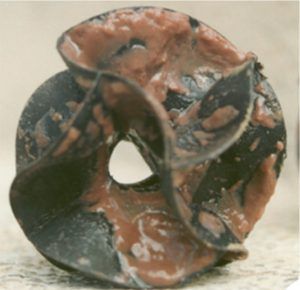 Biofill A with residue |
CASE N 3.- PHARMACEUTICAL INDUSTRY (1989)
A pharmaceutical multinational industry with two production centers in Catalonia (Barcelona area) had WWTP with low features. The new environmental regulation of the Autonomous Government forced the construction of a new plant that allowed to meet the corresponding regulation. Although their discharges are made to a municipal discharge system, the high loads of the waters forced a multiple phase design in order to meet the desired values.
The owners ordered the design and construction of a new plant in one of their factories to a prestigious engineering company from Barcelona. The process comprised the installation of an equalization tank, clarifier, two biological systems one after the other, the first one is trickling filter with filter media BIOFILL® type A and the second one is active sludge, in the end of the process is a chemical physical-chemical system, apart from the sludge decantation and dewatering.
The first biological system is a high charge trickling filter, built in 1989, that eliminates a great part of the dissolved contamination. The system still works with the same filter media BIOFILL® type A without having had to replace it nor add more.
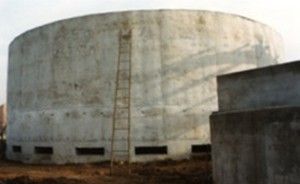 |
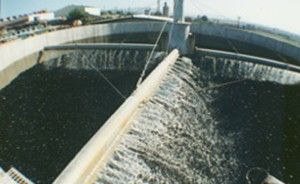 |
The success of the performance was so much that two years later the property ordered the same engineering company with an identical plant for their other factory in Catalonia.
Therefore, we would have not three but four success cases of BIOFILL® type A, three of them for 26 years and the fourth for 24 years.
CONCLUSIONS
The result was spectacular by installing the trickling filter before the physical-chemical in all cases, activating equalization and from here feeding the physical-chemical. This allowed to:
- Eliminate the dissolved organic charge to limits that allowed to discharge the treated water to the river, meeting the regulation for specially protected areas.
- Reduce drastically the chemicals consumption.
- Reduce sludge production to less than a half.
- Reduce the operational costs to less than a half.
The filter media BIOFILL® type A installed for the projects has not needed to be replaced in any of the cases. Later on, this system has been usually used, not only in textile industry, but also in other industrial sectors.
